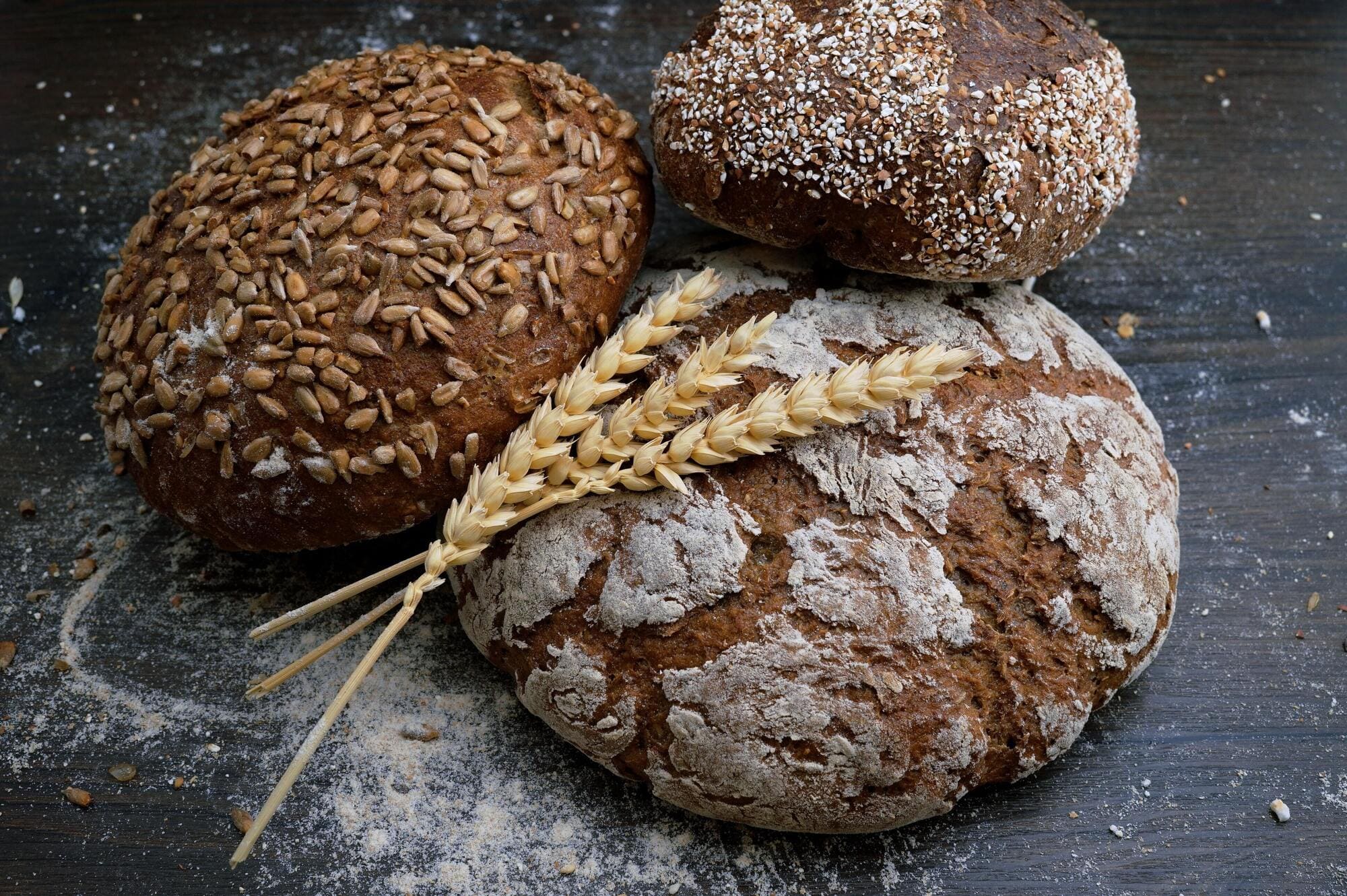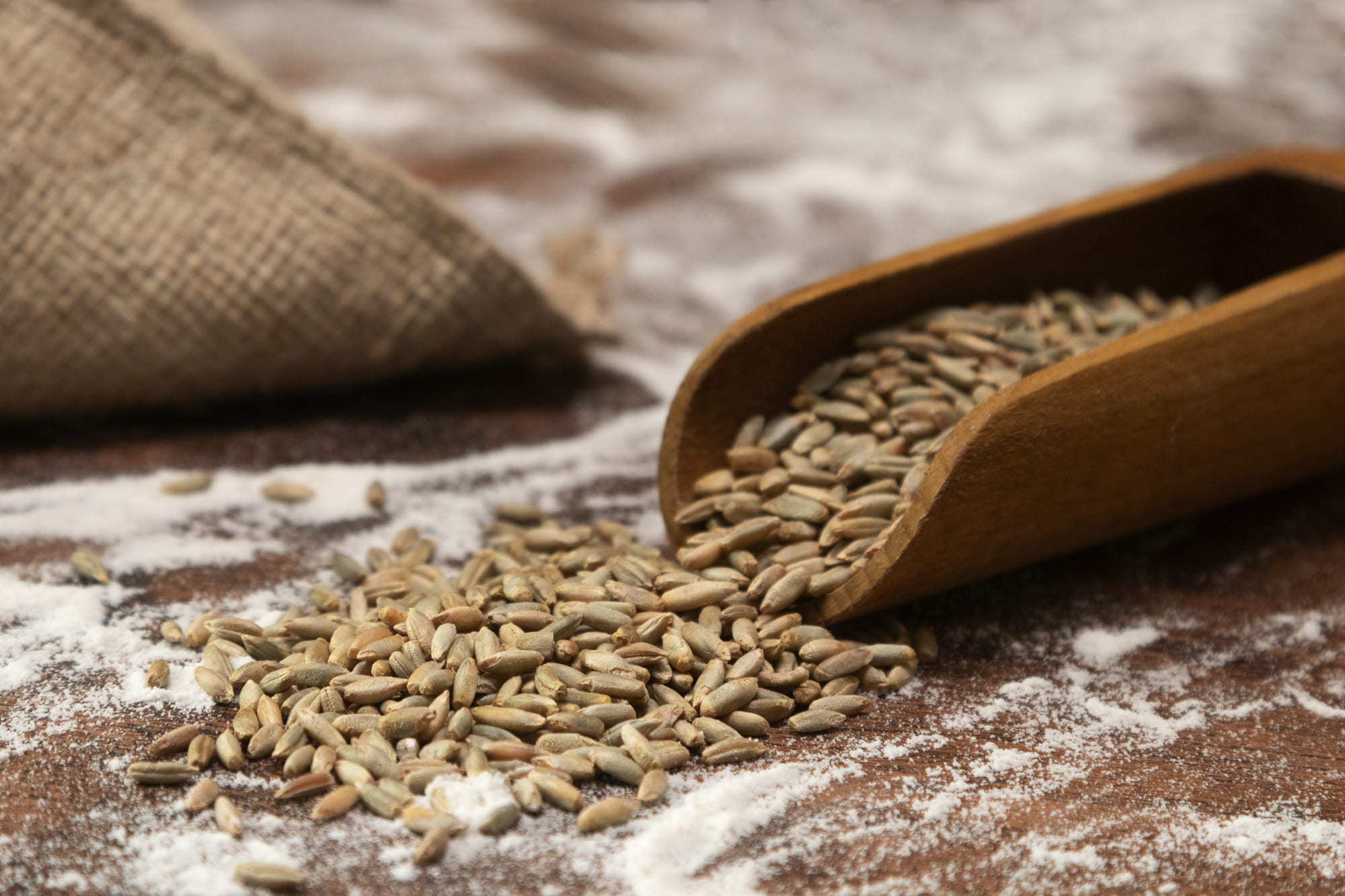
Healthy Food for Kids: A Guide to Nutritious and Delicious Meals
Feeding kids healthy food can be a challenge, but with the right balance of nutrients and flavors, you can make mealtime enjoyable while ensuring they get the nourishment they need. Establishing good eating habits early in life sets the foundation for a lifetime of health and wellness. With childhood obesity and diet-related illnesses on the rise, it is more important than ever to introduce a variety of nutrient-dense foods that not only fuel their bodies but also appeal to their taste buds.
Why Healthy Eating Matters for Kids
A well-balanced diet is crucial for children’s growth and development. The right foods provide the energy they need to stay active, help strengthen their immune systems, and support cognitive functions. Eating nutrient-rich meals also improves their ability to focus in school and enhances their overall mood. Proper nutrition supports their bones, muscles, and brain, making it vital for their physical and mental well-being. By introducing a wide range of healthy foods at an early age, you can encourage good habits that last into adulthood.
Essential Nutrients for Children
To ensure proper growth and energy levels, children require a variety of essential nutrients. Protein plays a significant role in repairing and building muscles, while healthy fats aid brain development. Fiber is key for digestion and maintaining steady energy levels, while calcium and vitamin D support strong bones and teeth. Iron is another crucial nutrient, responsible for carrying oxygen through the blood, preventing fatigue and weakness. By incorporating these nutrients into their diet through natural, whole foods, children can maintain steady growth and development.
Quick and Easy Healthy Recipes
Banana Oat Pancakes: A Nutrient-Packed Breakfast
Mornings can be hectic, but a nutritious breakfast sets the tone for the day. Banana oat pancakes are a great alternative to sugary cereals and provide long-lasting energy. Simply blend a ripe banana, one cup of rolled oats, an egg, and half a cup of milk. Cook in a non-stick pan for two minutes on each side until golden brown. Serve with fresh fruit and a drizzle of honey for natural sweetness. These pancakes are packed with fiber, potassium, and protein, making them a great way to start the day.
Whole-Grain Turkey Wraps: A Balanced Lunch
Lunch is a crucial time to refuel, and whole-grain turkey wraps offer the perfect mix of protein, fiber, and healthy fats. Start with a whole wheat tortilla, spread mashed avocado as a creamy base, and layer slices of lean turkey breast with shredded carrots and spinach. Roll it up and slice into small pieces for an easy-to-eat, nutrient-rich meal. This wrap provides essential vitamins and minerals while keeping kids full and energized throughout the day.
Baked Salmon with Roasted Sweet Potatoes: A Wholesome Dinner
Dinner is the perfect opportunity to introduce kids to a variety of nutrient-dense foods. A baked salmon fillet paired with roasted sweet potatoes and steamed broccoli offers a well-rounded meal packed with omega-3 fatty acids, fiber, and essential vitamins. Preheat the oven to 375°F, season the salmon with a drizzle of olive oil and a sprinkle of garlic powder, and bake for about 20 minutes. Serve with roasted sweet potatoes and a side of steamed broccoli for a delicious and nutritious dinner that supports brain development and muscle growth.
Yogurt Parfait: A Tasty and Healthy Snack
Snacking doesn’t have to be unhealthy. A yogurt parfait is a quick and easy way to satisfy a sweet tooth while providing probiotics, protein, and antioxidants. Simply layer Greek yogurt with fresh berries and granola in a glass, repeating the layers for a colorful and appealing treat. This snack is perfect for an after-school boost and can be customized with different fruits and nuts for variety.
Encouraging Healthy Eating Habits
Introducing healthy foods into a child’s diet requires patience and creativity. Making meals visually appealing can encourage picky eaters to try new foods. Using cookie cutters to shape sandwiches or creating colorful plates with a variety of fruits and vegetables makes meals more engaging. Involving kids in meal preparation also helps them develop a positive relationship with food. When they have a hand in selecting and preparing ingredients, they are more likely to enjoy eating them. Leading by example is also crucial—children are more inclined to adopt healthy habits when they see their parents doing the same.
Conclusion
Providing kids with nutritious meals doesn’t have to be difficult. By incorporating a variety of whole foods, making mealtime fun, and encouraging healthy habits, you can ensure they grow up with a positive relationship with food. These small, intentional choices have a big impact on their long-term well-being. Start with simple, tasty recipes, and gradually introduce new flavors to expand their palates. Healthy eating is a journey, and with the right approach, it can be both enjoyable and rewarding for the whole family.


